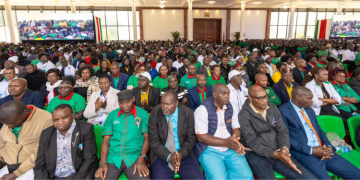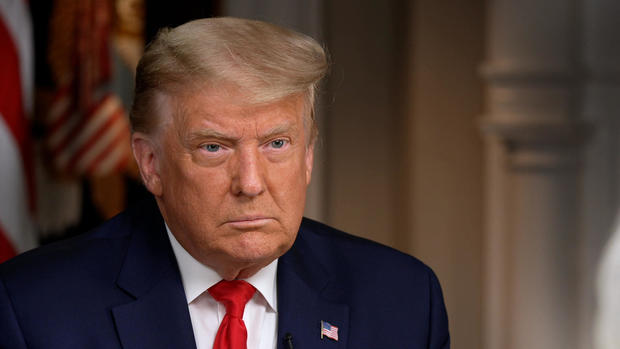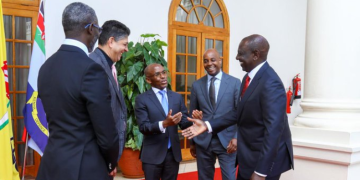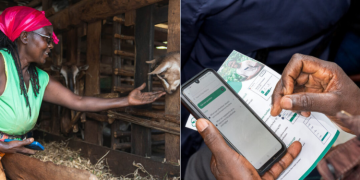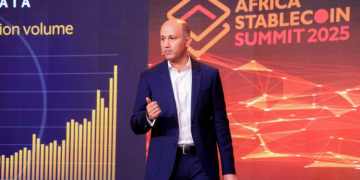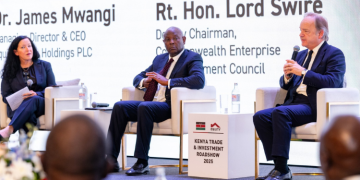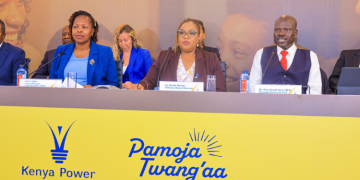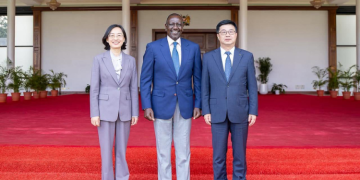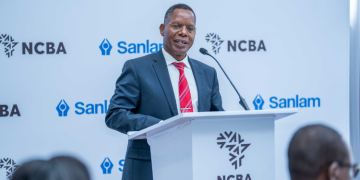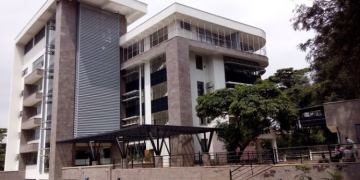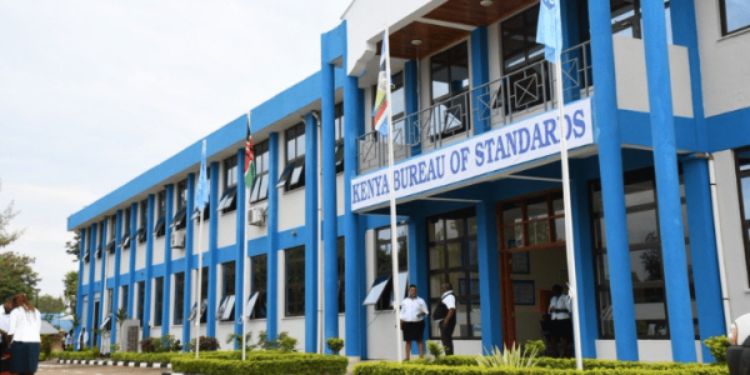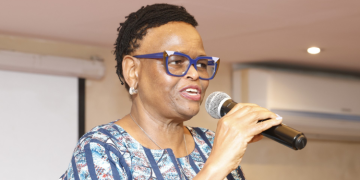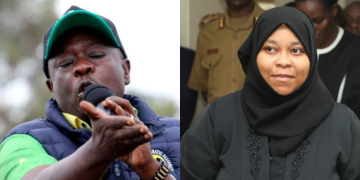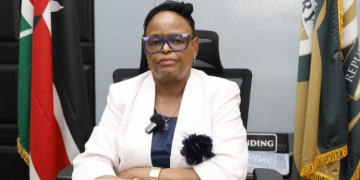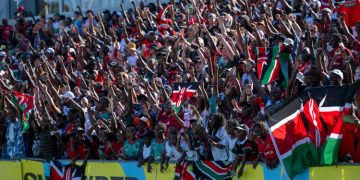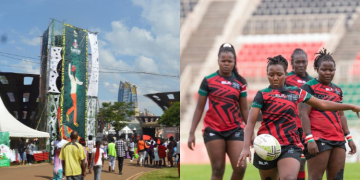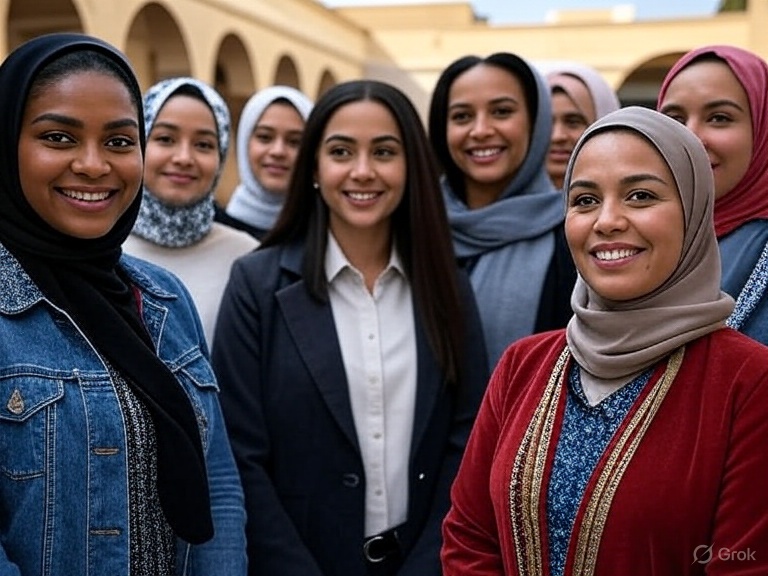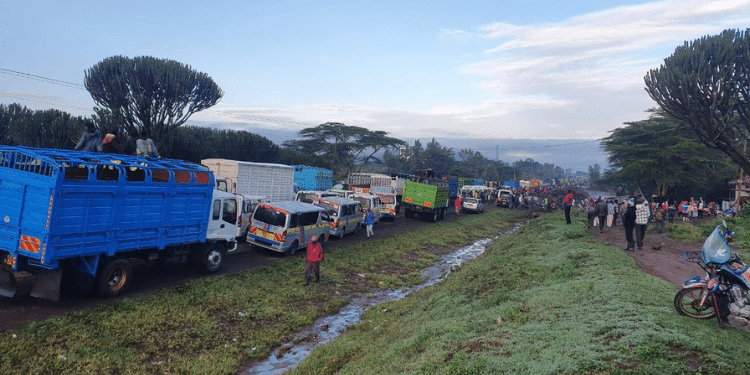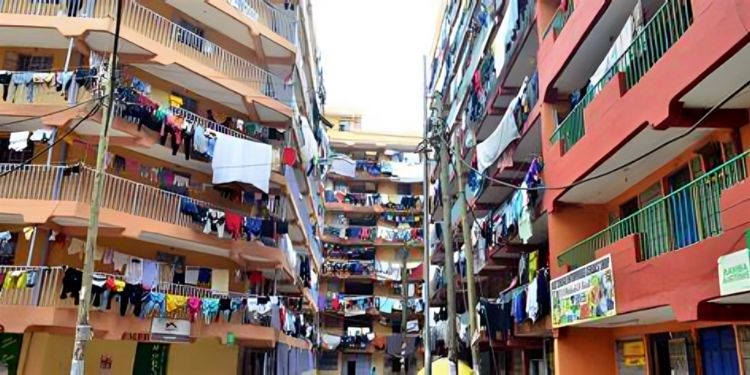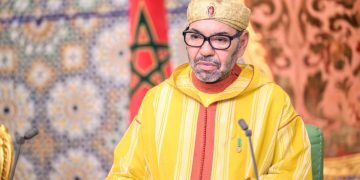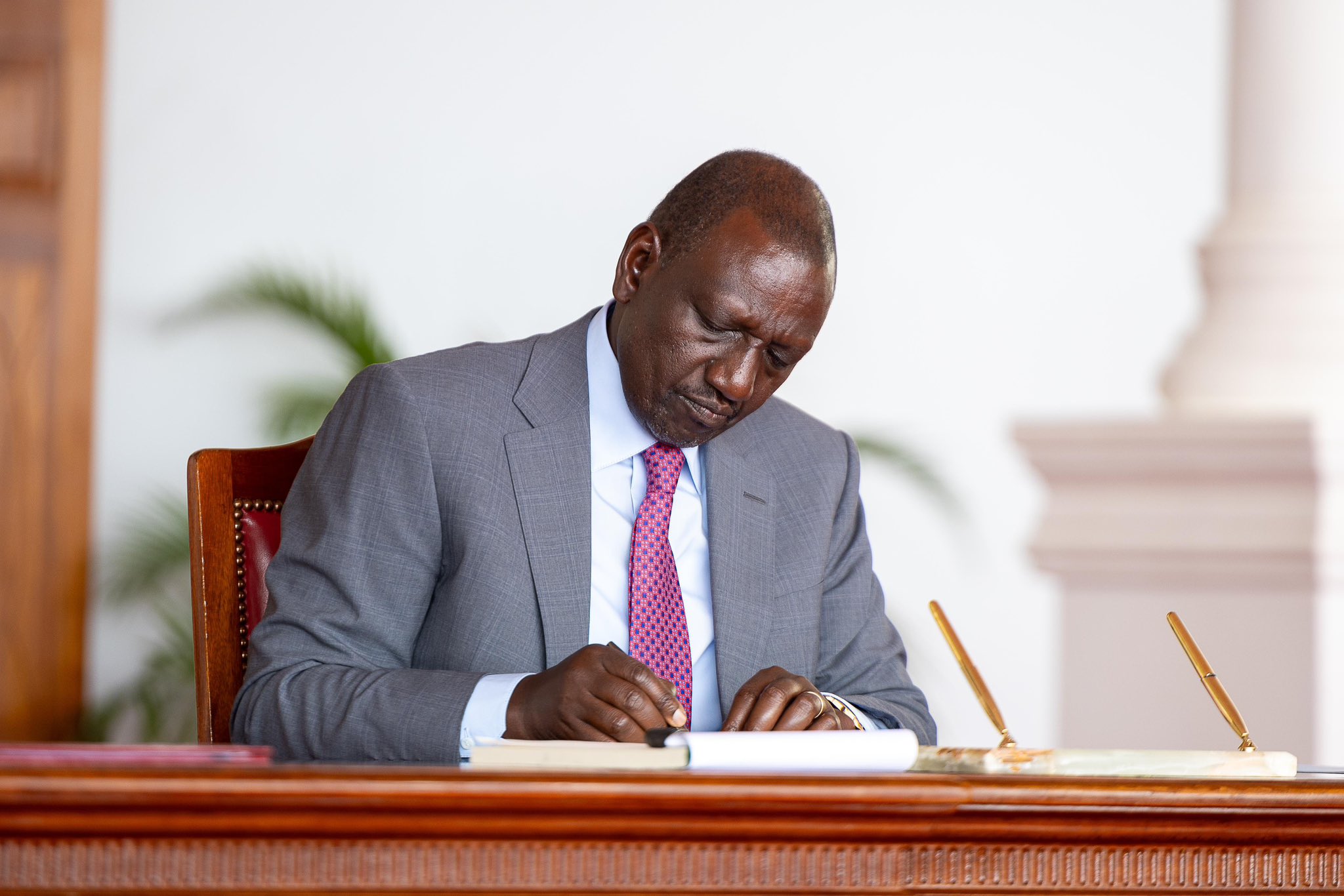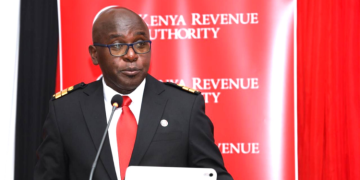When Indian Prime Minister Narendra Modi announced a Ksh322 billion Line of Credit to Kenya in December 2023, the move looked at first like a familiar gesture of development finance. But it marked something more: a broader shift in India’s Africa engagement, away from concessional loans—over Ksh1.5 trillion were extended between 2003 and 2022—toward collaborative partnerships grounded in innovation, infrastructure, and sovereignty. In this framing, Kenya is not an active partner, working with India to build interoperable digital and financial systems designed to serve the everyday lives of citizens across the Global South.
This emphasis on partnership has historical roots. From the days of the Bandung Conference in 1955 and the Non-Aligned Movement, India and Africa shared the language of anti-colonial solidarity, South–South cooperation, and multilateral reform.
Indian merchants, teachers, and workers settled in East Africa long before independence, while African leaders found support in India’s independence movement. That legacy of cultural and political engagement now resurfaces in digital form: where once solidarity was expressed through diplomacy, today it is being built into code, platforms, and financial rails.
Kenya’s Fintech Path: Innovation from Below
Kenya is widely recognised as the pioneer of mobile money. Launched in 2007, M-Pesa spread rapidly, reaching 20 million users by 2015 and achieving a penetration of over 80% of the adult population by 2024.
In 2023 alone, mobile money platforms processed over Ksh7.9 trillion ($60 billion), equivalent to about 60% of Kenya’s GDP. Unlike traditional financial systems, this was not imposed from above: it grew from consumer demand, mobile connectivity, and pragmatic regulation.
Safaricom’s dominance (98% market share) has raised concerns, but it has also allowed the network effects that made mobile money indispensable in everyday economic life.
Digital credit layered onto this base has expanded financial access further. By 2022, more than a quarter of adults reported taking digital loans from platforms like Tala, Branch, and M-Shwari, often based on mobile data rather than collateral. With only 14% of Kenyans accessing formal credit from banks, these systems filled crucial gaps.
Also Read: Win for Kenya as Japan Eyes Historic Free Trade Deal
Nairobi has since become a continental hub for digital finance. AfricaNenda, backed by the Bill & Melinda Gates Foundation, is helping the Central Bank of Kenya pilot instant payment systems, while the East African Payment System is trialling cross-border wallet interoperability.
India’s Digital Strategy: Scale, State, and Export
India’s model has followed a different trajectory—state-led, massive in scale, and deliberately architected as a stack. As of July 2025, Aadhaar has issued biometric IDs to 1.42 billion people, the United Payments Interface (UPI) processes nearly 20 billion transactions a month worth over ₹25 trillion ($291 billion), and DigiLocker has over 539 million users.
Together, these layers—identity, payments, and data governance—make up the “India Stack,” which has enabled a 63% increase in financial inclusion since 2011 and fostered a fintech ecosystem of over 10,200 startups by the end of 2024.
India has also experimented with financial centres. GIFT City, launched in 2015, now hosts over 850 financial entities, including 31 international banks with assets exceeding US$88 billion.
India has begun exporting its payment model abroad, with UPI live in Singapore, the UAE, Bhutan, and Mauritius, and memoranda signed with more than 10 African countries. The Ministry of External Affairs has woven “India Stack diplomacy” into its development strategy, positioning digital public infrastructure (DPI) as a global public good.
Why This Matters: Digital Sovereignty in a Multipolar World
What unites India and Kenya is a shared concern over dependency on Western- or Chinese-controlled financial infrastructures. Visa and Mastercard still dominate global retail card payments, SWIFT remains the chokepoint for dollarized trade, and UnionPay—bundled with Huawei and ZTE—has become China’s global financial arm.
Against this backdrop, Kenya’s mobile-first economy and India’s digital public infrastructure offer different but complementary alternatives: M-Pesa emerged directly from user demand, while India’s state-engineered “stack” was built top-down but designed as open, low-cost rails that millions of ordinary users and small enterprises have scaled from below.
M-Pesa allows remittances and daily transactions without reliance on global card networks. India’s UPI demonstrates how zero-cost, real-time payments can scale from street vendors to international transfers.
Both represent models of financial infrastructures from below—systems that are affordable, inclusive, and responsive to local realities, unlike top-down enclaves such as Dubai, Singapore, or Hong Kong, which primarily serve global capital.
The Reserve Bank of India’s retail CBDC pilot (the Digital Rupee) adds another layer, with 6 million users and ₹1,000 crore (Ksh 15 billion) in circulation as of July 2025.
While India’s Financial Stability Report no longer explicitly uses the term “digital sovereignty,” the thrust of its policy is unmistakable: digital finance as a foundation for national autonomy.
Toward a Shared South–South Financial Architecture
This alignment is already producing cooperation. India’s Exim Bank has extended 195 Lines of Credit across 42 African countries, including Ksh13 billion for Kenyan power transmission and Ksh 32 billion for agriculture.
In 2024, Kenya’s central bank and India’s NPCI (National Payments Corporation of India) began talks on mobile-to-UPI clearing to ease remittances and potentially enable B2B trade payments in AgriTech and logistics.
Future collaboration could include joint fintech sandboxes (controlled regulatory environments where fintechs can test new products with real users under limited oversight before full rollout), cross-border remittance rails, and interoperable health and identity systems—practical steps that move beyond declarations toward usable infrastructure.
Also Read: The Billionaires of Kenya: Meet Mary-Ann Musangi, Woman Chosen to Rebrand Magical Kenya
Crucially, both India and Kenya prioritise small-value, everyday transactions: over 80% of M-Pesa payments are under Ksh 4,000, while India’s UPI sustains itself without merchant fees. This makes their systems not just scalable, but socially embedded.
Strategic Alignment, Not Imitation
The power of the India–Kenya convergence lies in its complementarity. India brings state capacity and digital architecture at scale; Kenya brings user-driven innovation and regulatory agility.
Neither is imitating the other. Instead, they are co-developing standards, APIs, and governance mechanisms that could, by 2040, form the basis of a South–South financial corridor linking Indian and African fintech systems.
Infrastructures, not just statements, are what secure sovereignty. For postcolonial states long subject to external financial architectures, the ability to build inclusive, interoperable, and self-governing systems is transformative.
India and Kenya, each in their own way, show what it looks like to construct such infrastructures from below—and together, they may help seed a new financial future for Africa and the Global South.
About the Author
This article was written by Sahasranshu Dash, a research partner at the South Asia Institute of Research and Development, Kathmandu. His work on geopolitics, political economy, and borders has appeared in The Diplomat, The Baffler, Just Security, Scroll.in, Modern Diplomacy, Latinoamérica21, and East Asia Forum.
Follow our WhatsApp Channel and X Account for real-time news updates.



